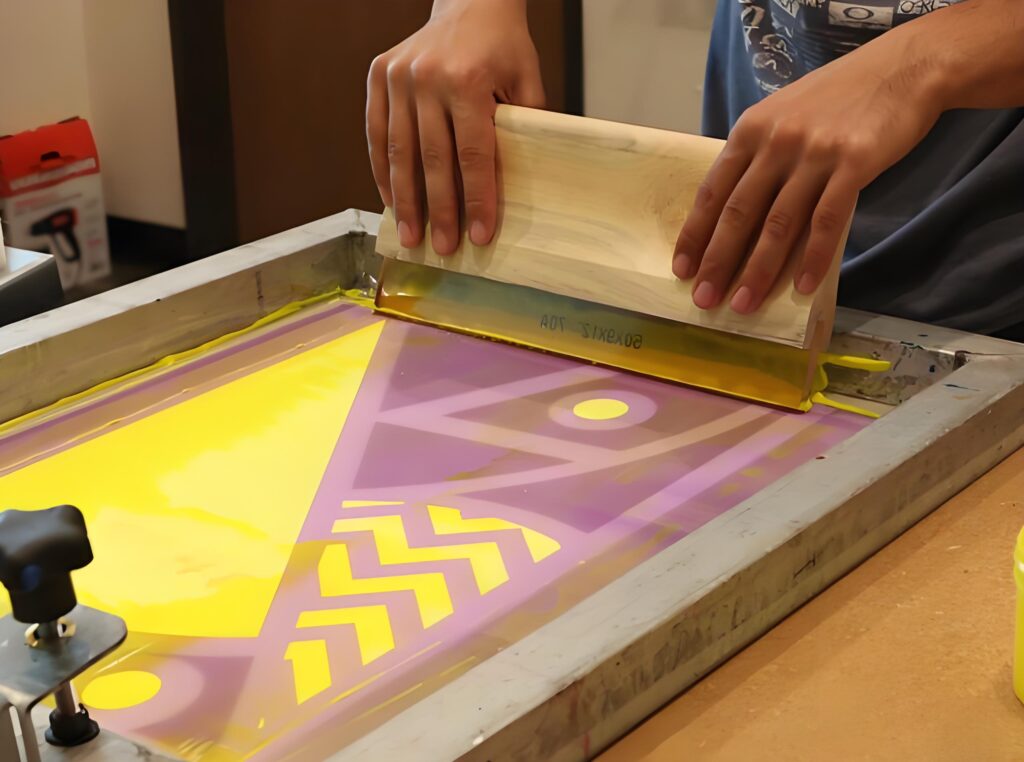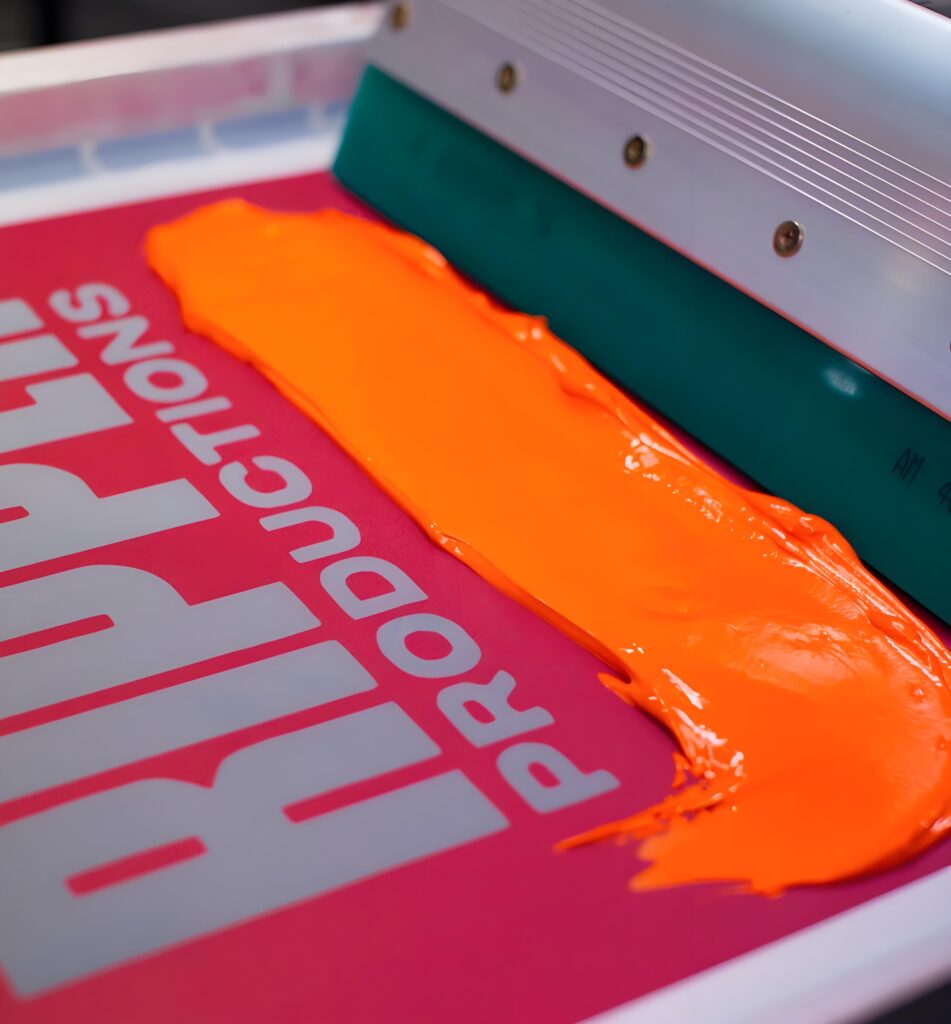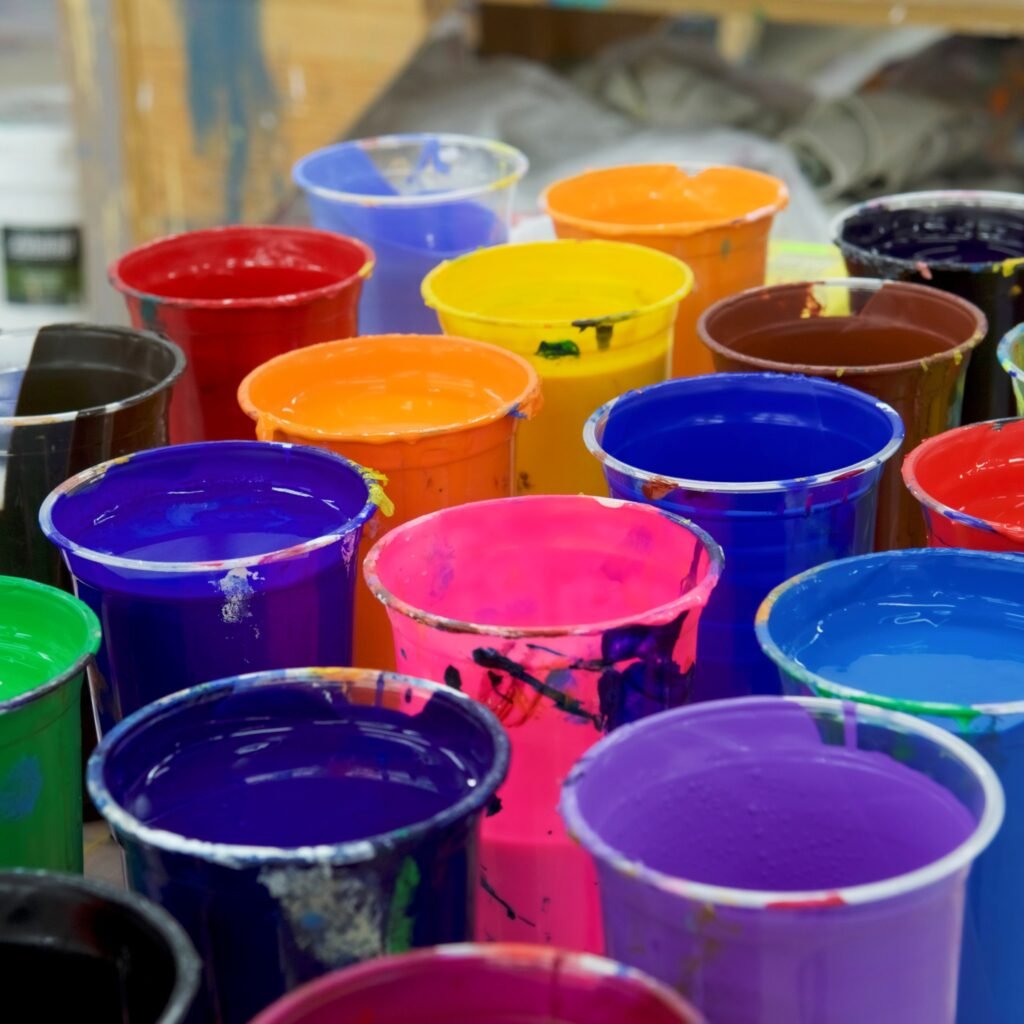Quick Takeaway: What to Remember About Creating Soft Prints with Plastisol Ink
- Plastisol ink offers durable, colourful prints however may be softened for comfort.
- “Soft hand” approach the print feels flexible, clean, and barely noticeable.
- Use a smooth hand base for plastisol ink, tender hand components, and curable reducer for softer outcomes.
- Higher mesh counts (e.G., 230) and thinner ink deposits make a major difference.
- Mixing ink colors like royal blue, gold yellow, or light navy with a soft hand base gives each brilliance and softness.
- Ink components and uniqueness soft plastisol inks can upgrade trendy plastisol prints.
- A warmness press smooths out the ink and fibers, maximizing strict softness.
- Always take a look at ink mixes and print approach on pattern garments earlier than full production.
- Vibrant colorations and a smooth hand are not mutually unique – with the right methods, you can have both!
- Stay curious and hold experimenting for even softer, better prints on every occasion.
With those first-rate practices, your display screen printing will stand out for its colourful ink colors, astounding sturdiness, and high-priced, gentle hand prints clients want to wear over and over
How to soften plastisol ink
Are you seeking to create buttery smooth display prints that feel exceptional to the touch, even if the use of plastisol ink? This article is your complete guide to understanding inks, plastisol ink, the soft hand base, and the way to craft the softest, maximum vibrant prints with plastisol ink. We’ll damage down the entirety – from wellknown plastisol alternatives to creative use of components and mesh counts – equipping you to elevate your display screen printing from “quality” to unforgettable. Whether you’re a pro display screen printer or a curious newbie, you’ll find valuable techniques, expert insights, and suggestions you may put into effect proper away to get gentle hand prints that wow your customers.
This article is well worth studying as it blends technical understanding, sensible application, and creative aptitude. You’ll no longer most effective learn the “how,” however the “why” at the back of every ink desire and printing approach, making sure your consequences aren’t just smooth—they’re also durable, colourful, and expert. If you want to master prints with plastisol ink and convey softest prints that your customers can’t prevent touching, study on!
Esquema del artículo
- What Is Plastisol Ink and Why Is It Used in Screen Printing?
- What Does “Soft Hand” Mean in Garment Printing?
- How Can You Make soft plastisol ink?
- What Is a Soft Hand Base for Plastisol Ink?
- Which Additives Create a Softer Feel in Prints?
- How Do High Mesh Counts Affect Soft Prints?
- Do Specific Ink Colors Like Royal Blue or Lemon Yellow Affect Softness?
- Best Practices for Soft Plastisol Ink Application
- When Should You Use a Curable Reducer?
- Achieving Softest Results: Extra Techniques and Tips
1. What Is Plastisol Ink and Why Is It Used in Screen Printing?
Plastisol ink is the gold popular for display printing on clothes, prized for its colourful shade, flexible application, and outstanding durability. Unlike water-primarily based or discharge ink, plastisol ink sits on pinnacle of the fabric, growing ambitious and opaque prints that “pop” on dark clothes or intricate fabrics.
Because plastisol prints continue to be pliable and flexible after curing, they last wash after wash—a essential thing for clothing brands that fee exceptional and sturdiness. Plastisol also won’t dry within the screen, permitting printers to work at their personal tempo—ideal for each aggravating shops and hobbyists. Whether you’re printing royal blue on a white tee or gold yellow on athletic inks, standard plastisol guarantees sharp, crisp outcomes on every occasion.
However, the downside of traditional plastisol ink is that it is able to experience thick or heavy on a shirt, especially as compared to softer inks like water-based types. This leads many printers to are seeking for approaches to soften up general plastisol with out sacrificing their preferred ink’s advantages.

2.What Does “Soft Hand” Mean in Garment Printing?
When someone says a print has a “gentle hand,” they’re speaking approximately how the ink feels towards your pores and skin as soon as it’s cured—not stiff, plasticky, or rubbery, but smooth, flexible, and barely important. A smooth hand is critical for top rate garments, athletic wear, or fashion-ahead brands wherein comfort absolutely subjects.
Achieving a smooth hand in screen printing is all approximately developing a thinner ink layer, using gentle ink resins like the ones determined in unique smooth plastisol ink, and deciding on the right mesh count on your display screen. You want your prints to have all the vibrancy and opacity of widespread plastisol, whilst feeling as buttery gentle as possible.
Garments that show off a gentle hand stand out straight away; clients be aware the consolation, and products often fetch higher costs. In the world of custom clothing, a smooth hand isn’t always just a luxurious—it’s a aggressive gain.
3. How Can You Make tinta plastisol suave?
If you’re working with everyday plastisol ink and need to supply gentle prints, several processes gets you there. First, do not forget blending your plastisol ink with a gentle hand base. This base is blended with popular plastisol inks to achieve a softer, greater pliable print that feels excellent on any garment.
Another path is to feature a curable reducer or a gentle hand additive. These merchandise skinny the ink and introduce softer resins, which lower ink thickness and increase softness. Don’t forget the basics either: the use of a higher mesh be counted in your screen enables you lay down a thinner ink deposit, without delay improving the hand sense.
And right here’s a seasoned move—after curing, use a heat press for your shop to in addition embed the print’s fibers lower back into the shirt. The warmth and strain easy out the ink layer, blending edges and reducing tactile presence, resulting in genuinely tender plastisol prints.
4. What Is a Soft Hand Base for Plastisol Ink?
A smooth hand base for plastisol is precisely what it feels like—a specially designed base for screen printing ink that creates an extremely-tender hand feel at the very last product. Think of it as the foundation upon which you build your softer prints.
This base may be used by myself for subtle, muted prints, or combined with widespread plastisol inks to supply vibrant hues with a soft, nearly water-primarily based sense. The soft hand base is mixed with your chosen ink colorations (royal blue, gold yellow, lemon yellow, or even mild military and columbia blue) to create the preferred effect—softer, more wearable prints, without compromising on opacity or wash sturdiness.
Screen printers recognize that the soft hand base is fantastically customizable: you may regulate ratios for different garments, designs, or consumer possibilities. For the softest consequences, display screen with a mesh count number of 230 or better, follow the ink in clean, even passes, and end with a heat press if maximum “buttery smooth” is the purpose.
5.Which Additives Create a Softer Feel in Prints?
Additives are your secret weapon while you need to make an ink softer. The curable reducer is a favorite—simply add a small quantity to your plastisol ink, and also you’ll immediately notice higher glide, a thinner deposit, and progressed pliability. Another option: tender hand components, which in particular target tactile feel by introducing softer resins in your ink aggregate.
There are also moist-on-wet components, formulated to hold ink layers clean and thin, that is specifically beneficial in multi-color jobs regarding difficult sun shades like light military or lemon yellow. Some screen printers test with ink additives that lessen opacity slightly, buying and selling off insurance for extra softness.
Don’t forget about the position of ink resins like the ones in fn-ink™ or athletic inks—those products are intentionally engineered with less inflexible, extra pliable resins so the prints move with the garment, maximizing comfort, in particular for activewear.
6.How Do High Mesh Counts Affect Soft Prints?
If you want a gentle hand sense, the display with a mesh depend matters—A LOT. Higher mesh counts (like 230 or even 305) result in a thinner ink deposit, because of this prints softer to touch. Lower mesh counts lay down more ink—extraordinary for opacity, however now not for achieving softest results.
A mesh be counted of 230 moves a stability: you get stable opacity (particularly the usage of white ink as an underbase), however additionally an ink layer that doesn’t sit down too closely on the blouse. Consider the durometer squeegee as properly; a 70 durometer squeegee might be just like the pass-to for unique, managed ink deposit, ensuring you push just the right amount thru the mesh.
Choosing the proper mesh rely goes hand in hand with the proper base for display printing. Thicker inks like fashionable plastisol advantage from higher mesh, and whilst combined with a soft hand base, they produce prints which can be both vibrant and highly smooth.
7. Do Specific Ink Colors Like Royal Blue or Lemon Yellow Affect Softness?
While the center softness comes from ink formula and application method, sure ink colorations engage in a different way with additives and bases. Royal blue, gold yellow, lemon yellow, mild navy, and columbia blue inks can vary in viscosity, opacity, and experience due to their unique pigment loads.
For instance, particularly pigmented shades might require greater curable reducer or greater gentle hand base to maintain a smooth hand. Mixing vibrant ink colours with a gentle hand base guarantees you don’t lose color brilliance even as nonetheless reaching smooth plastisol prints.
Athletic inks designed for overall performance clothes have softer experience built-in, and white ink—specially while used as an underbase—will enjoy the equal softening techniques. Always take a look at your mixes on a scrap garment earlier than launching a complete production run to dial in that best stability.
8.Best Practices for Soft Plastisol Ink Solicitud
Expert printers understand that past what’s inside the ink, HOW you print topics for attaining softest outcomes. Start through deciding on excessive mesh counts for all utility layers—this reduces the full extent of ink applied to the garment. Use softer, extra pliable squeegee rubbers (like a 70 durometer squeegee) for even, strain-controlled passes.
Consider using a smoothing screen or a smoothing tool for the duration of the printing method to ensure that the ink receives pressed lower back into the blouse, getting rid of unwanted texture or raised spots. For super gentle hand prints, a quick flash and secondary print bypass with a hand base for plastisol ink creates especially easy layers.
A warmth press for your keep is a sport-changer: a mild press at right temperature after curing embeds fibers and smooths out the ink, solidifying that buttery gentle impact that today’s customers crave.

9. When Should You Use a Curable Reducer?
Add a curable reducer while you want to lighten up thick or stubborn plastisol ink, or each time a softer feel is high priority. A curable reducer could be just the issue for prints on carded open cease garments or on rougher fabrics liable to “heavy” hand.
Curable reducers thin the ink without interfering with right curing. Mixed with standard plastisol, they facilitate a thinner ink deposit and it’s extra pliable, making sure prints live bendy and snug on all kinds of clothes. Experiment with addition rates (regularly 5-10%) and constantly check for opacity and wash durability before very last runs.
A curable reducer isn’t only for “smooth hand” jobs—it may assist when you need better element for fine lines or want tin inks like light army to drift greater effortlessly thru excessive mesh counts.
10.Achieving Softest Results: Extra Techniques and Tips
If you dream of the softest plastisol prints, don’t forestall at simply ink or mesh choice. Think holistically: use discharge base as an underbase for extremely-gentle prints, mainly on darkish clothes, then add your custom ink colorings with a tender hand base or ink components.
For the ultimate gentle prints, discover the use of fn-ink™ and other strong point inks like those from screenprinting.Com. Always recall garment kind—softer fabric yield softer hand, whilst rougher materials may require extra cautious ink or base selection.
A simple warmness press (or maybe heat from the iron in a pinch) is your mystery finishing device. Use it proper after curing to push ink and fibers returned into the shirt for a finish that feels like it’s part of the cloth, now not on top. With those recommendations, you’ll create prints softer than ever before.



